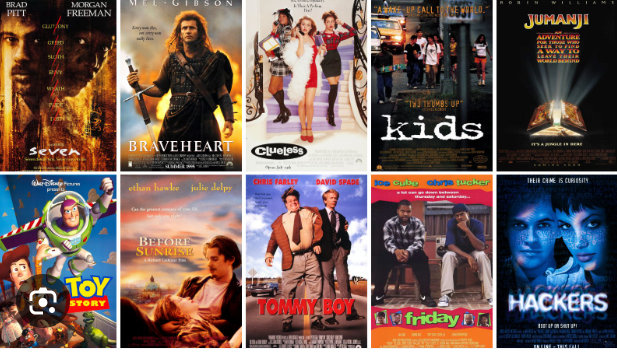Ours isn’t a world that works on the old-fashioned model. The people of this ever-evolving generation have broken social, economic, and political boundaries.
New ones are brought to life in an era where traditional norms don’t work. This concept works for every sector the same way. This also includes physical retail stores.
When we talk about a retail store, the first thing that pops into our mind is – its interior.
In times when old modes are out of the question, inclusive strategies emerge. People expect the brands to keep up with their expectations and give them experiences worth remembering. And these people consist of everyone, including physically and mentally challenged people.
These individuals shouldn’t be seen as liabilities or burdens because they are not. Instead, they are special consumers for whom stores with sensory-inclusive retail space designs exist.
This isn’t the traditional pathway. But this problem requires modern solutions. And we have collected a list of these solutions so that your brand can proudly claim to be a brand for all.
Sensory-friendly stores
According to a survey by the Autistic Society, more than 60% of people with AAD (autism spectrum disorder) don’t prefer shopping in stores due to the fear of sensory overload. This later on leads to stress, anxiety, and sometimes physical pain.
Stores, in general, can be like an obnoxious box for these people. That’s why these places should retain too much visual and auditory stimulation to give a comfortable experience to these individuals.
The time should be allotted for the music, announcements, and lights to be toned down.
Some retailers like Asda have already jumped on this strength by allocating hours for ASD consumers. The UK supermarket chain came up with a ‘quiet hour’ in all its stores across the country to create a more welcoming environment.
Sainsbury, on the other hand, has introduced ‘relaxed lanes’ in one of its stores in Scotland for people with dementia and who are physically challenged and need more time to shop. This concept runs every Tuesday for two hours. The chairs are also put at the end of every aisle for those who need to rest.
Implementation of social stories via pictures and sounds may also help families feel relaxed and ease their shopping journey.
Inclusive environment
Mentally or physically challenged people see and feel the world in a very different and intensive way.
As they are flooded with their surroundings without any filters like others, it becomes overwhelming for them, especially in fully packed stores.
A calming space for these people should be created. These places help the consumers to feel at ease and relaxed in the retail environment.
Retail spaces should be clear and simple in terms of store layout design so that these areas can securely accommodate consumers.
Opting for the minimalist approach with limited design elements and materials leaves a gentle effect on these special consumers.
Training of the employees
Any supermarket or retail store doesn’t just consist of branding or designing but also includes employees.
In many cases, they are the only deciding factor if a consumer will consider a revisit or not. That’s why these marketing ninjas should have sufficient knowledge and know how to interact and respond to these special customers.
That’s why the need to train in-store staff is continuously increasing. The National Autistic Society in the United Kingdom even provides training for brands and retailers to understand the challenges autistic people face daily.
If your staff is well informed and helpful, then the consumers will automatically enjoy spending time in the store. This will also help in creating an emotional connection with the brand.
Integrating new technologies
Technology has integrated itself and become a core element of our lives so much that now we can’t even envision our lives without them.
It has even become an intangible part of the shopping experience for people with cognitive disabilities.
Everything, including mobile phones, has features that enable these people to operate these devices via their voices.
An American retailer, American Eagle Outfitters, has developed an app that allows these challenged people to have an in-store experience via their screens.
But elements like these are just that threshold of this road. There are many things that need to be done and changed for the sake of a better future. However, this first step still counts.
Special sensory rooms
These people are already living a complex life; they don’t want to add on but want something comfortable.
This need of theirs has tugged them toward the sensory-infused places.
That’s why allotted sensory rooms should exist to give an overall tranquil atmosphere.
Although creating that calming space can be daunting for retailers, it’s still doable, just like Puzzle Pieces did.
The Ohio toy store has a sensory room with bubble tubes, walls, and glowing LED balls and swings.
Even providing autistic people with sensory kits containing items to help them is a good way to distract them and create a safe space.
Final note
After reading this article, we hope that you are all geared up to add sensory-friendly elements to your physical stores. In our world, leaving behind the new approaches that people value, even in retail stores, would be a mistake. Causes like these should really be appreciated and adopted, as they aim to provide accessibility and equality to everyone. It’s not just a promotional concept but a humanitarian approach. That’s why it’s the right time to get your keen eyes and creative mind to work. And create a space that can engage and interact with your customers.




